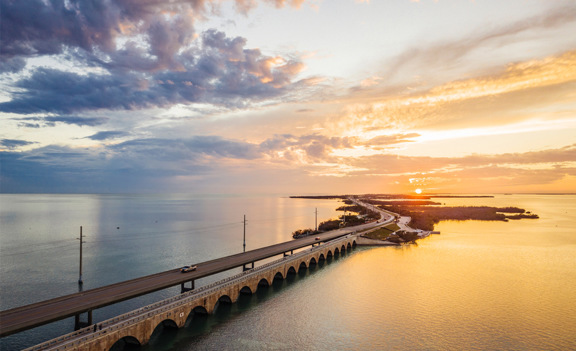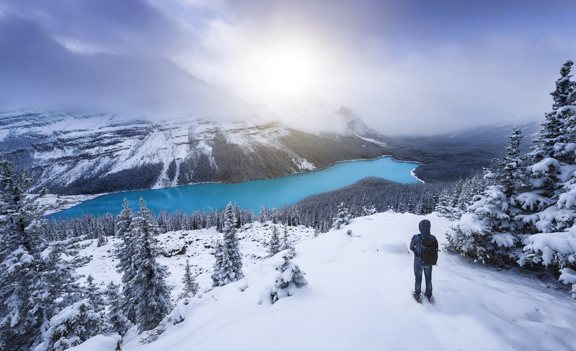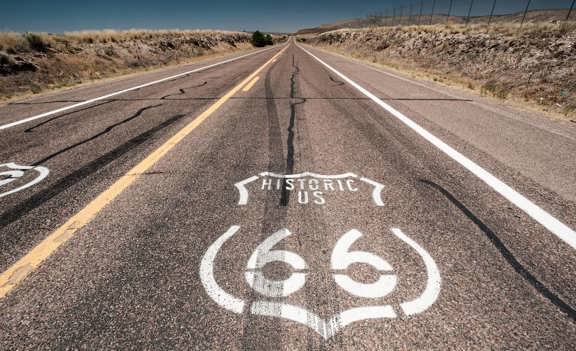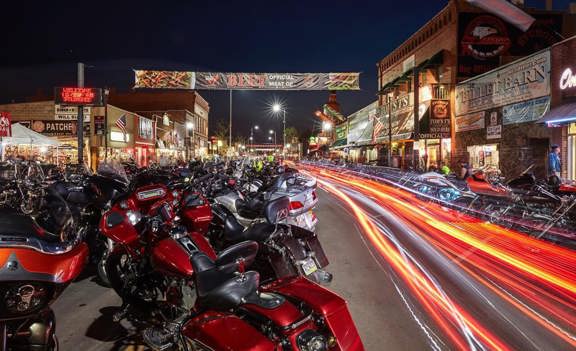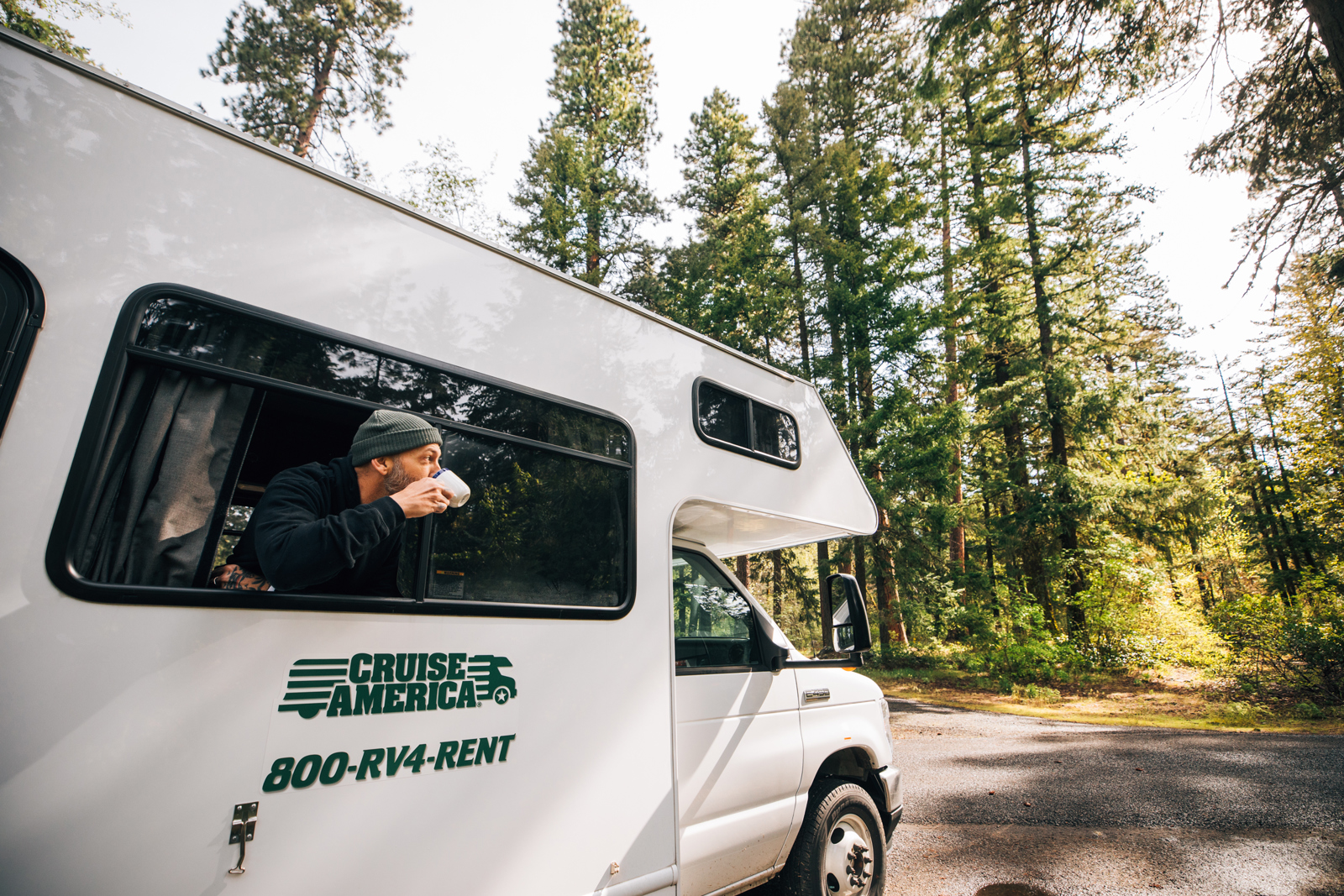
How to Find Free Camping in National Forests
- RV Destinations
- National Parks
- Road Trip
- get inspired
Imagine waking up to the gentle rustle of leaves, the chirping of birds, and the fresh scent of pine wafting through the air. Now, imagine doing so without spending a dime. Yes, it's possible! Welcome to the world of dispersed camping in national forests. In this comprehensive guide, we'll delve into the ins and outs of finding free camping spots in these wilderness areas, answering your burning questions, and providing you with the resources you need to embark on your own RV camping adventure.
Is Camping Free in National Forests?
One of the most common questions among outdoor enthusiasts is whether camping on national forest land comes with a price tag. The good news is that, in many cases, camping in national forests is indeed free. Unlike designated campgrounds, where fees are typically charged, dispersed camping allows you to set up camp in undeveloped areas of the forest without incurring any costs. This means you can immerse yourself in nature's beauty on your camping trip without worrying about your budget.
What is BLM Land?
BLM (Bureau of Land Management) Land refers to vast expanses of public lands managed by the Bureau of Land Management, a federal agency within the United States Department of the Interior. These lands encompass a diverse array of ecosystems, including deserts, forests, grasslands, and mountains, and are spread across 12 western states. BLM Land is often synonymous with opportunities for outdoor recreation, including camping, hiking, hunting, fishing, and off-road vehicle use.
Similar to national forests, dispersed camping is typically allowed on BLM Land, offering adventurers the chance to experience the beauty of the American wilderness while adhering to established regulations and Leave No Trace principles. These free camping areas are on public land and offer both RV and tent camping opportunities.
Understanding Boondocking Rules
While the allure of free dispersed camping is undeniable, it's essential to familiarize yourself with the rules and regulations governing dispersed camping, also known as boondocking, in national forests. Each forest may have its own set of guidelines, but some common rules for free campgrounds include:
-
Leave No Trace: The golden rule of outdoor ethics, leave no trace, which means ensuring that you leave your campsite as pristine as you found it. Pack out all trash, minimize your impact on the environment, and respect wildlife and vegetation.
-
Campsite Selection: Choose a campsite that's at least 100-200 feet away from water sources to protect fragile ecosystems. Look for existing campsites to minimize your impact on the landscape.
-
Campfire Regulations: While campfires are a quintessential part of the camping experience, they must be handled responsibly. Check for fire restrictions in the area and use established fire rings when available. Always fully extinguish your fire before leaving your campsite.
-
Duration of Stay: Most national forests have limitations on how long you can stay in one location. Typically, this ranges from 14 to 16 days, after which you must relocate to a new spot to prevent overuse of the area.
-
Permits and Passes: While dispersed camping itself is free, some forests may require permits or passes for certain activities in dispersed camping areas, such as collecting firewood or accessing specific areas. Be sure to check the requirements for the forest you plan to visit.
Resources for Finding Free Campsites in National Forests
Now that you're familiar with the basics of dispersed camping, you're probably wondering how to find free camping options for your wilderness getaway. Fortunately, several resources can help you locate free campsites in national forests:
-
National Forest Websites: Many national forests have their own websites that provide information on primitive camping opportunities, including maps, regulations, and contact details for forest offices.
-
Forest Service Offices: Local forest service offices are invaluable sources of information for campers. Stop by or give them a call to inquire about camping regulations, current conditions, and recommended campsites.
-
Online Forums and Communities: Joining online forums and communities dedicated to camping and outdoor recreation can connect you with seasoned campers who can offer firsthand advice and recommendations for dispersed campsites.
-
Mobile Apps: Several mobile apps offer user-generated reviews and maps of free campsites, including those in national forests.
-
Guidebooks and Maps: Invest in guidebooks and maps specifically tailored to the national forests you plan to visit. These resources often include detailed descriptions of campsites, hiking trails, and points of interest.
-
Cruise America Blog: Check out our blog for top boondocking sites in North Carolina, Georgia, Colorado, and more!
Tips for a Memorable Dispersed Camping Experience
As you prepare for your boondocking adventure, keep the following tips in mind to ensure a safe and enjoyable experience in a dispersed camping area:
-
Be Self-Sufficient: Unlike developed campgrounds, dispersed camping sites typically lack amenities such as toilets, potable water, and trash bins. Bring ample supplies of food, water, and other essentials, and be prepared to pack out all waste.
-
Practice Navigation Skills: Since the best free camping often takes you off the beaten path, it's essential to hone your navigation skills. Carry a map and compass, or use a GPS device or smartphone app to help you find your way.
-
Respect Wildlife: National forest areas are home to a diverse array of wildlife, from majestic elk to elusive bears. Keep a safe distance from animals, store food securely to prevent attracting wildlife to your campsite, and follow guidelines for storing food and disposing of waste.
-
Embrace Minimalism: Dispersed camping is all about simplicity and immersion in nature. Leave the gadgets and distractions behind and embrace the serenity of the wilderness.
-
Share the Experience: Whether you're camping solo or with friends and family, take the time to share the experience with others. Bond over campfire stories, explore the surrounding trails together, and savor the magic of the great outdoors.
Find Free Camping in National Forests with Cruise America
Free camping in national forests offers an unparalleled opportunity to connect with nature, recharge your spirit, and create lasting memories without breaking the bank. Embark on a journey of exploration and discovery that's truly transformative.
Cruise America provides top-of-the-line RV rentals for boondocking adventures. Check out our full lineup of RVs that make boondocking comfortable and convenient. So pack your gear, hit the trail, and let the beauty of the forest be your guide to a world of boundless possibility.
